We all know that grounding is required in an electrical system, to pass the leakage current to the earth and prevent the equipment and personnel from damage.
Without proper earthing, there is always a chance of the equipment and devices getting damaged, if there is any overcurrent or high surge. So, it is necessary to connect ground wires from the equipment to the earth.
When it comes to grounding, there is one type of leakage current which is very damaging when not controlled; it is lighting current and static electricity. To deal with them, a device is installed with the earth system. It is called a ground rod. In this article, we will learn the concept of a ground rod.
What is a Ground Rod?
As the name implies, it is a rod which is used for grounding purposes. The ground rod special purpose use is to prevent the electrical devices from lighting current and static electricity (it is an imbalance of electric charges within or on the surface of a material or between materials.
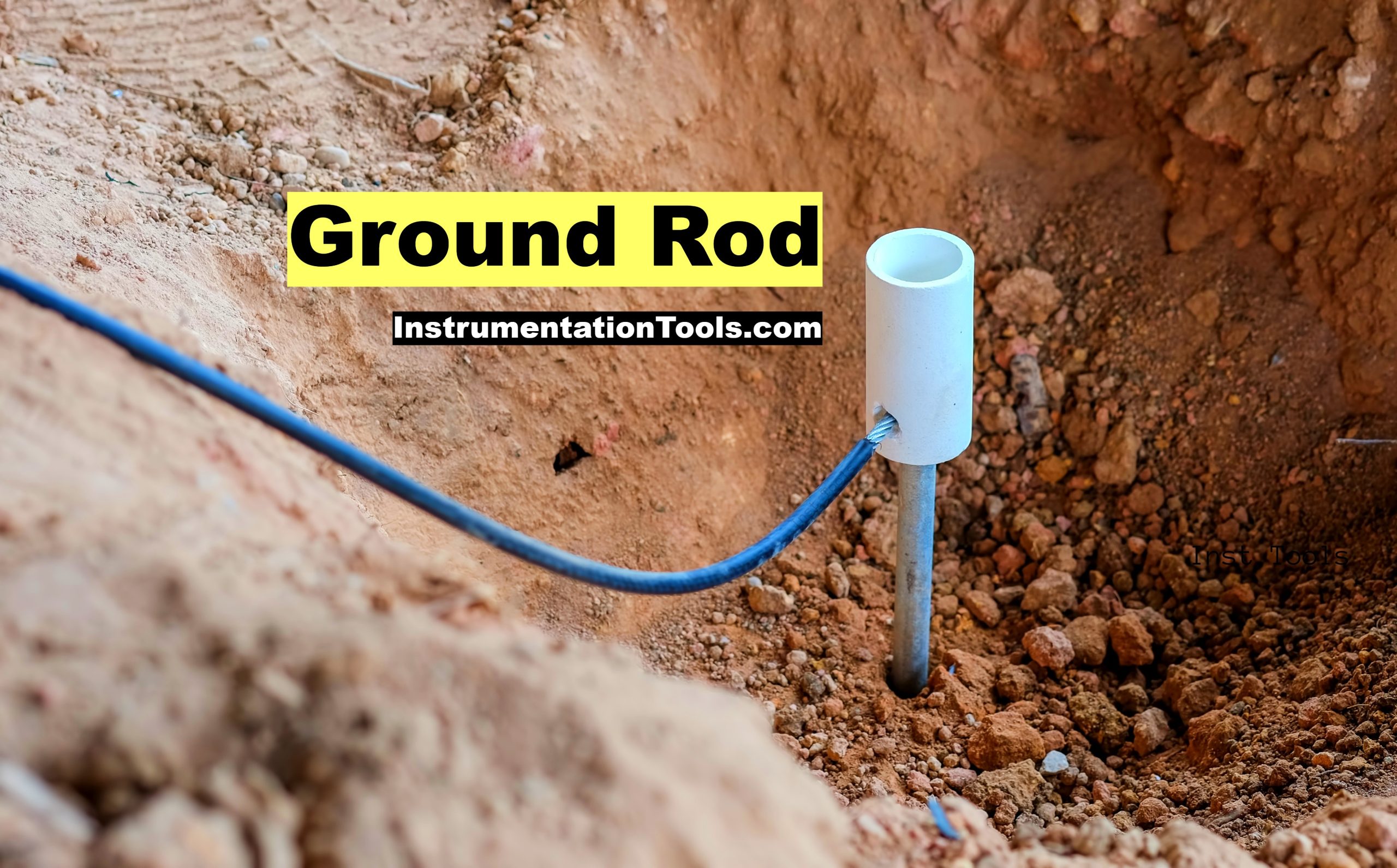
The charge remains until it is able to move away by means of an electric current or electrical discharge). What happens is that when some high voltage surge like lightning strikes the electrical equipment, the very high spark or surge can damage the body or cause shock to the person touching it. To prevent this, a wire from equipment (ground point) is connected to the ground rod. The rod is buried inside the ground. It is placed near the equipment.
When the lighting strikes, the high leakage current will flow from the ground point in the device to the ground rod. As the rod has a very high impedance or resistance, it will not flow inside the ground from that rod to some another nearby rod. If the resistance was low, then the current will find it’s path from one ground rod to another; and if that other ground rod was connected to some device, then the return current will damage that equipment. So, the ground rod is made such that is has a very high resistivity to the current.
When one thinks that if the wire is anyhow connected to the ground rod, then why is the need to worry about the current flowing through some other rod? The answer is that electricity tries to get back to its source. It doesn’t just go into the Earth. And as there is a ground Rod at the transformer (mostly ground rod is connected to the neutral of a transformer), then there is a potential path for the electricity to get back to the source. So, the resistance of the ground rod must always be considered before installing it.
What are Ground Rods made of?
Ground rods are made of mostly three materials – copper, stainless steel and galvanized steel. The most famous one is that of a copper. Copper ground rods are said to have a very long life, but is equally expensive. If you want some cheaper type, then look for a stainless steel type. It is known to be especially corrosion-resistant, making it the preferred option in, especially salty environments; though having life smaller than a copper one. Galvanized ones are the least used, due to shorter life and more prone to corrosion; but they are the cheapest ones available.
Ground rods must be properly installed inside the soil. If the rod is somewhat placed above the soil (not fully, but only a small top part), it reduces the effectiveness of the ground. Ground rods that are bent over, have disconnected wires or are severely corroded must be replaced. If soil conditions change due to drainage or other factors that affect soil moisture, a ground rod that was acceptable at the time of installation may no longer meet approved requirements.
So, maintaining ground rod is equally necessary. Mostly, ground rods are installed vertically, it is practically very difficult to install it horizontally.
We don’t have any precise specifications as to where exactly a ground rod should be installed in a location. The best option is to install at least two feet away from a building structure to avoid causing any potential interferences. It is recommended to install it somewhat close to your electrical panel. You will also want to make sure that the ground rod is installed in a space that is accessible and easy to work in.
If you liked this article, then please subscribe to our YouTube Channel for Electrical, Electronics, Instrumentation, PLC, and SCADA video tutorials.
You can also follow us on Facebook and Twitter to receive daily updates.
Read Next:
- What is a Buchholz Relay?
- Importance of Neutral Wire
- Induction Motor Problems
- Cables between VFD & Motor
- What is a Current Transformer?
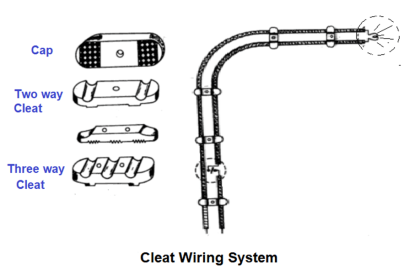


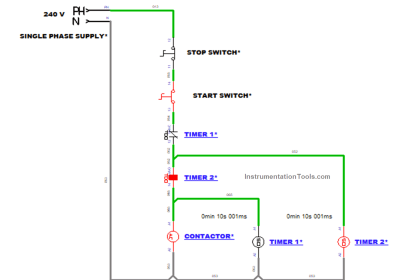
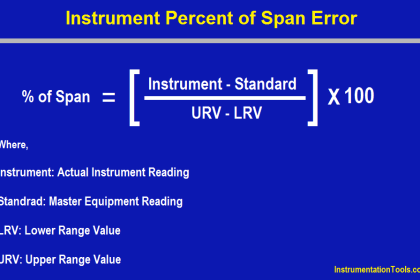
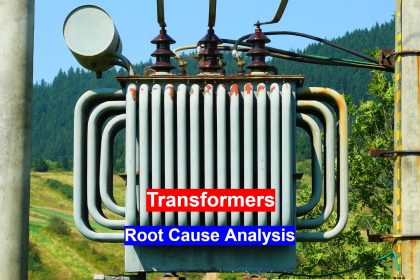
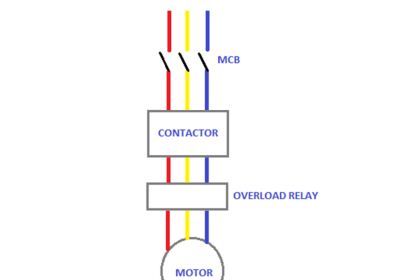
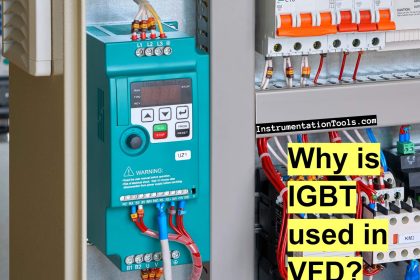

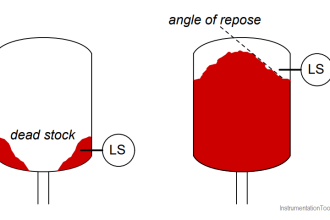
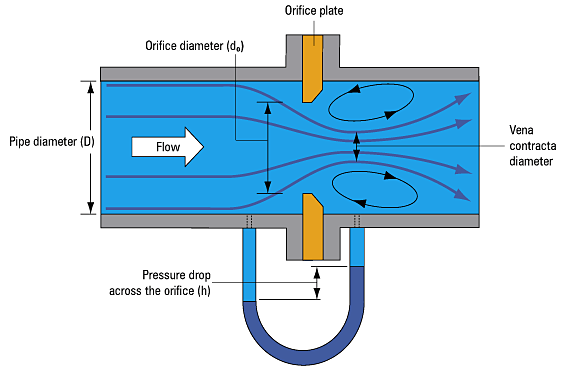
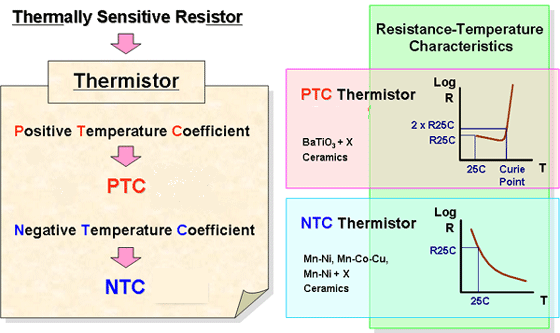
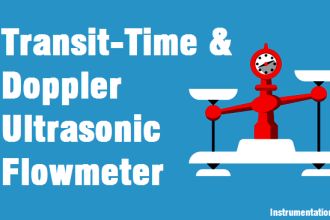
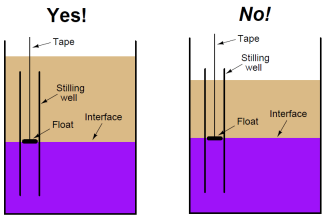
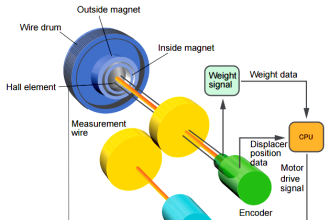


Greetings. I am an electrical engineer. I am very impressed with the publication. I wish you progress and prosperity
any update send me on email